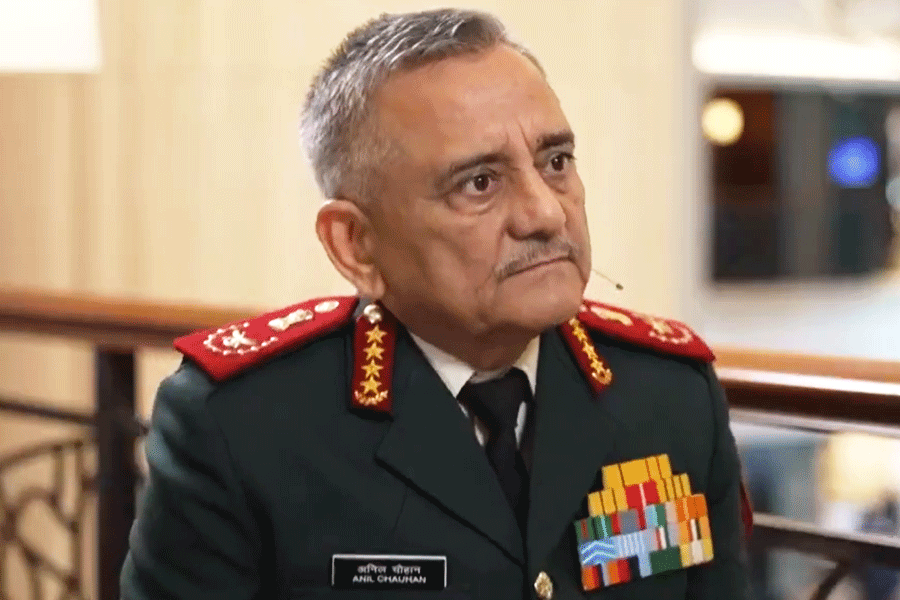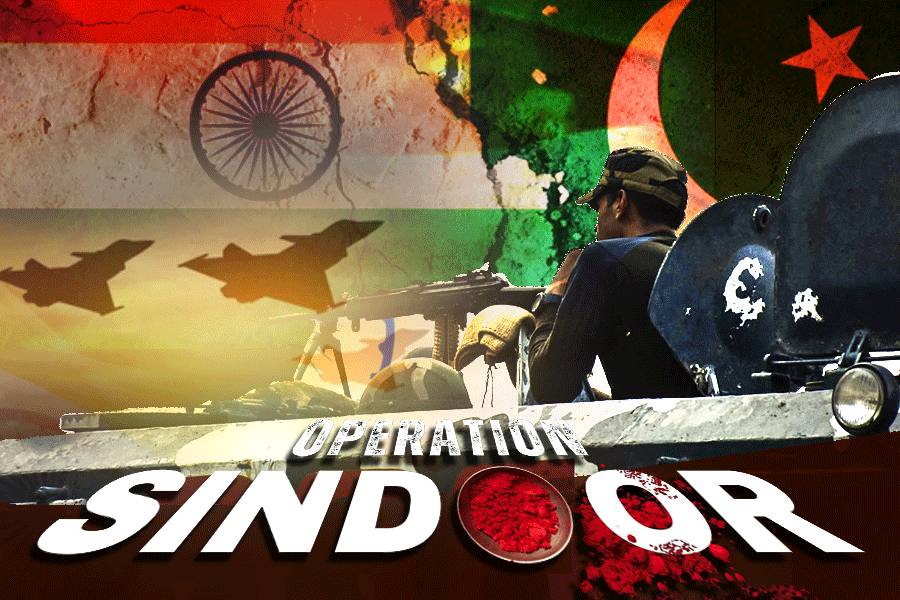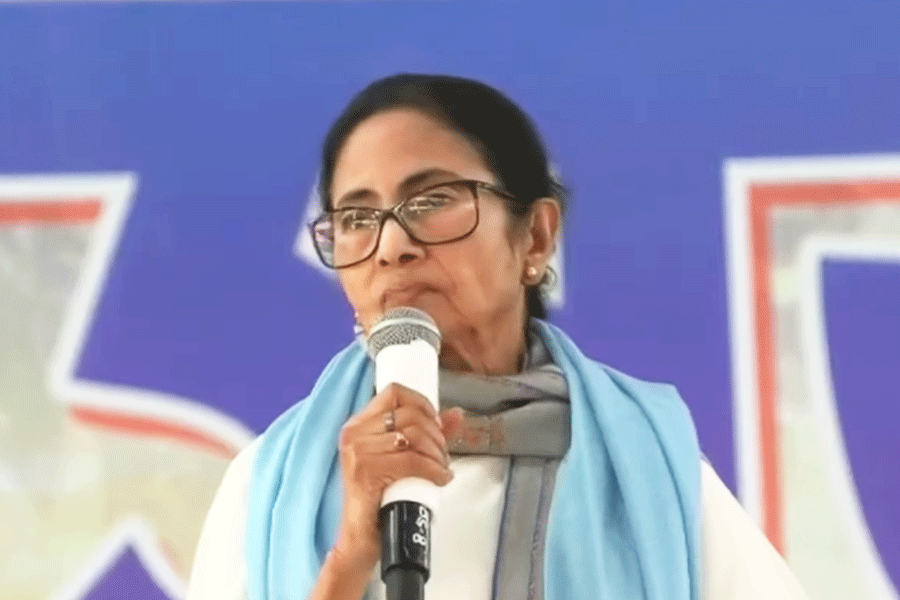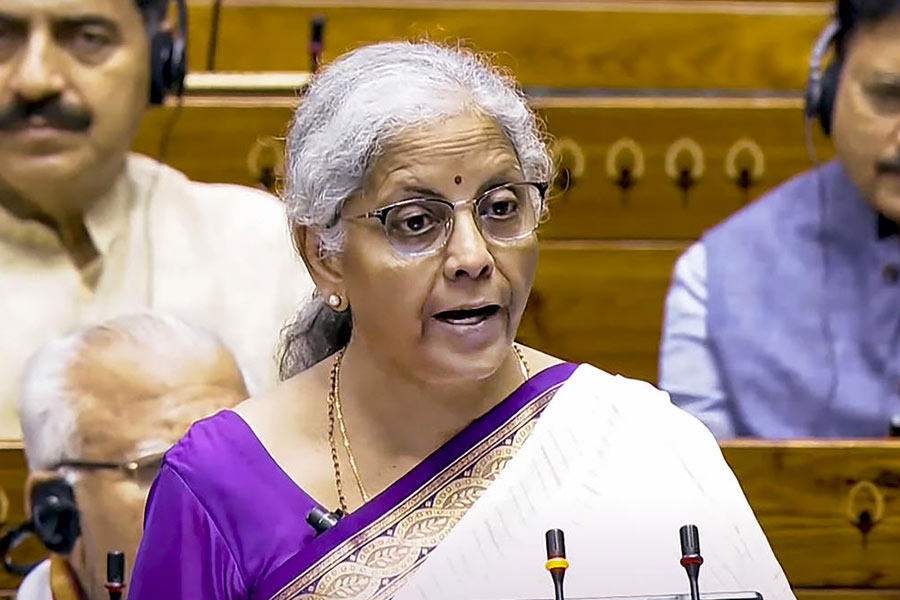Chinese anti-aircraft avionics are not the Brahmastra – the ultimate weapon in Indian mythological epics – that quite a few foreign publications including the Financial Times had declared them to be in the immediate aftermath of Operation Sindoor.
India found an antidote to neutralise the threat from the Chinese system in two days.
This was revealed on Saturday, when Chief of Defence Staff Anil Chauhan confirmed that India lost fighter jets on the first day of the missile strikes on terror camps in Pakistan and Pakistan occupied Kashmir.
Asked by Bloomberg if India had lost fighter aircraft, Chauhan replied in the affirmative, setting to rest feverish speculation that has been raging since Day One of the missile strikes.
But what he said after that was even more revealing.
“What is important is… not the jets being downed but why they were downed,” he said.
He added: “So the good part is that we are able to understand the tactical mistake which we made, remedy it, rectify it and then implement it again after two days and flew all our jets again targeting at long range…. I think what is important is not the jets being downed, but why they were being downed.”
It has been widely speculated that a Chinese avionics “kill chain” that Pakistan deployed took out Indian jets on Day One of Operation Sindoor. What CDS Chauhan said means that India found a way to neutralise that kill chain. In just two days.
"What was important is, why did these losses occur, and what we'll do after that," CDS Chauhan told Reuters on the sidelines of the Shangri-La Dialogue security forum in Singapore, referring to the Pakistani claim of downing jets.
"So we rectified tactics and then went back on the 7th, 8th and 10th [of May] in large numbers to hit air bases deep inside Pakistan, penetrated all their air defences with impunity, carried out precision strikes."
The Indian air force "flew all types of aircraft with all types of ordinances on the 10th", he said.
India has previously said its missiles and drones struck at least eight Pakistani air bases across the country that day, including one near the capital Islamabad. Some of the attacks were on bases near Pakistan's nuclear facilities, but they themselves were not targeted, media reports have said.
"Most of the strikes were delivered with pinpoint accuracy, some even to a metre, to whatever was our selected mean point of impact," Chauhan said.
Chauhan also said that there was no sign of any actual help from Beijing during the conflict.
"While this was unfolding from (April) 22nd onwards, we didn't find any unusual activity in the operational or tactical depth of our northern borders, and things were generally all right."
Asked whether China may have provided any satellite imagery or other real-time intelligence to Pakistan during the conflict, Chauhan said such imagery was commercially available and could have been procured from China as well as other sources.
He added that while hostilities had ceased, India had made it clear it would "respond precisely and decisively should there be any further terror attacks emanating from Pakistan."
"So that has its own dynamics. As far the armed forces are concerned, it will require us to be prepared 24/7."
What we now know
Indian aircraft were shot down. There is a lack of clarity on the exact number. Pakistan says six, India says nowhere near that number.
In all likelihood, India grounded its planes after the first attack on May 7, or carried out limited strikes. The most likely reason would be that the Chinese avionics employed by the Pakistanis were effective in defence. And India did not wish to lose expensive hardware. A Rafale costs approximately Rs 2,400 crore.
After the first two days, the Indian jets were back in action and the air force did not lose any more aircraft.
Clearly, India found a way to avoid the Chinese missiles, and the Chinese system has its limitations.
It is not very clear if the solution is information-techology-led or physical manoeuvres. Most likely it is an IT solution, as physical manoeuvres at that speed are difficult.
After neutralising the kill chain, as multiple international experts have pointed out, India punished Pakistan almost at will, without suffering any major damage itself.
(With inputs from Agencies)












